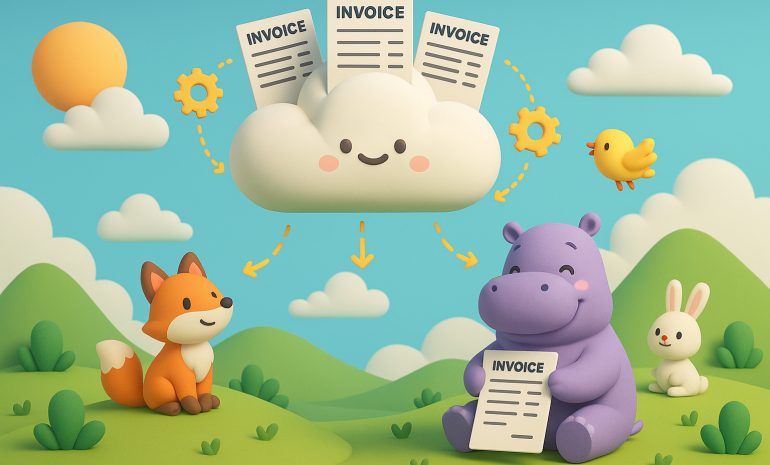In the fast-paced world of eCommerce, effective inventory management is crucial for any online store. For WooCommerce users, managing stock levels and ensuring seamless operations can be a challenging task. However, with the right tips, plugins, and best practices, you can turn this daunting task into a piece of cake. In this blog post, we will walk you through mastering inventory management in WooCommerce.
Why is Inventory Management Important?
Inventory management is the backbone of any eCommerce store. It includes tracking your store’s stocked goods, monitoring their weight, amount, dimensions, location, and the amount you have in stock. Effective inventory management helps prevent stockouts and overstocking situations, ensuring a smooth shopping experience for your customers and maximizing your profits.
Tips for Effective Inventory Management in WooCommerce
1. Regular Auditing: Regularly audit your WooCommerce store’s inventory. It helps you identify any discrepancies between the inventory record and the actual stock.
2. Use of Stock Level Alerts: Set up stock level alerts to get notified when a product’s stock level drops below a certain threshold. This allows you to restock in time to avoid any potential sales loss.
3. Track Your Best Sellers: Keep an eye on your store’s best-selling products. Ensure they are always in stock to maintain customer satisfaction and loyalty.
Best Plugins for WooCommerce Inventory Management
There are several plugins available in WooCommerce to streamline your inventory management. Here are few top ones:
1. WooCommerce Stock Manager: This plugin allows you to manage stock for products and variations in one screen.
2. TradeGecko: This plugin offers a powerful inventory management system that integrates seamlessly with WooCommerce.
3. ATUM Inventory Management for WooCommerce: ATUM is a free plugin that adds a comprehensive inventory management interface to your WooCommerce store.
Best Practices for WooCommerce Inventory Management
1. Automate Where Possible: Automation can save you a lot of time and reduce the chances of errors. Use plugins to automate processes like reordering, stock alerts, etc.
2. Integrate with Other Platforms: If you sell on multiple platforms, integrate your WooCommerce store with them for centralized inventory management.
3. Use Analytics: Use analytics to make informed decisions about inventory management. Analyze sales trends, seasonality, and other factors to forecast future demand.
Mastering inventory management in WooCommerce can significantly enhance your eCommerce store’s efficiency and profitability. It might require some effort initially, but the long-term benefits are worth it.
As a bonus, we’d like to introduce you to the Hippoo WooCommerce app. This app provides a range of features to help you manage your WooCommerce store effectively. From inventory management to sales tracking and detailed reporting, Hippoo has got you covered. Make the most of this app to take your WooCommerce store to the next level.
Stay tuned for more tips and tricks on WooCommerce and WordPress. Happy selling!

